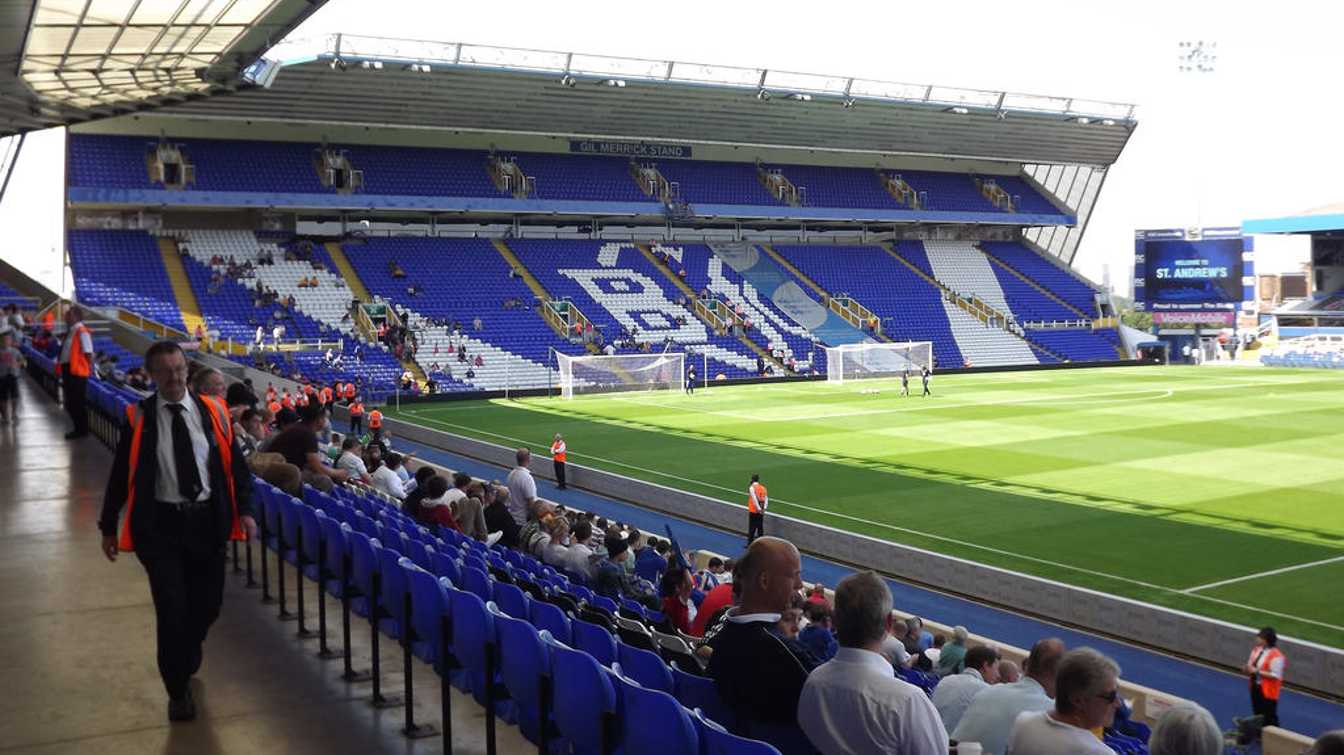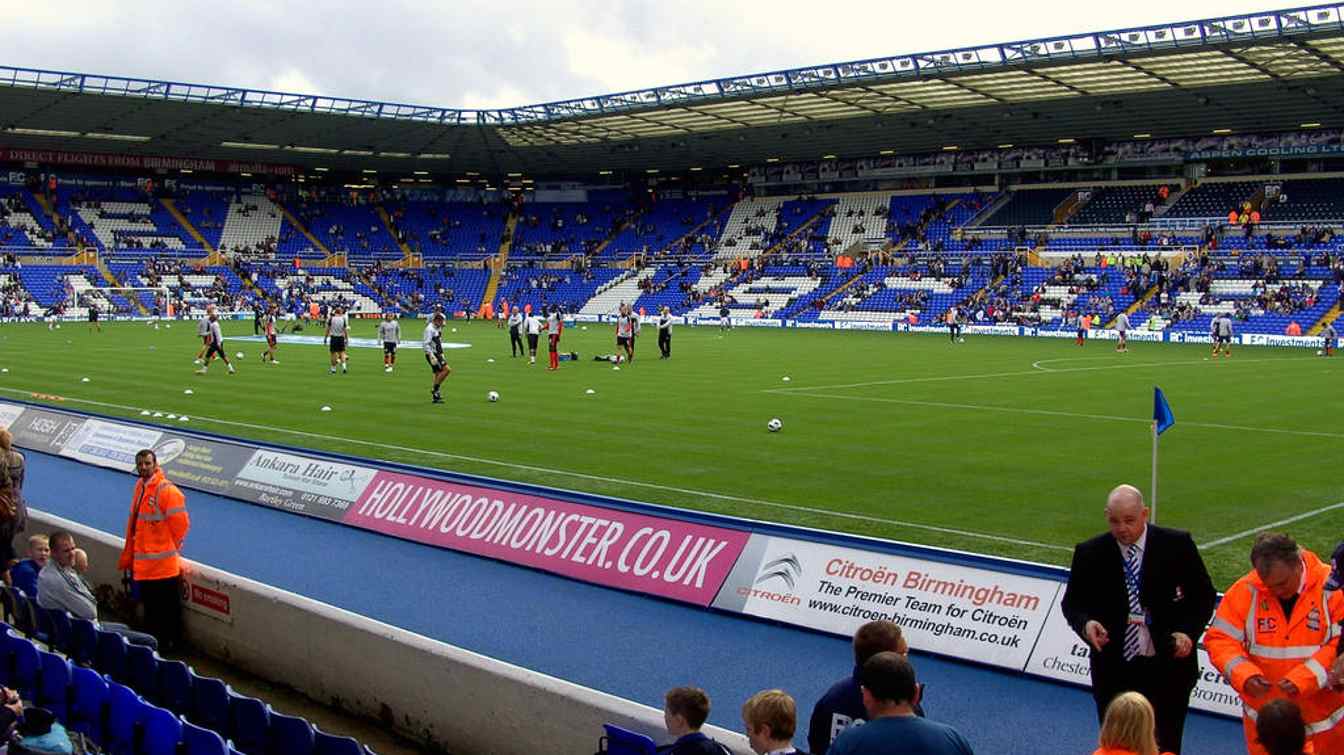England: Uncertainty surrounding Birmingham City stadium after Buckingham Group collapse
source: StadiumDB.com; author: Kuba Kowalski
 The future of refurbishment work at Birmingham's St Andrew's Stadium is uncertain as Buckingham Group Contracting, the company responsible for the project, has officially entered administration.
The future of refurbishment work at Birmingham's St Andrew's Stadium is uncertain as Buckingham Group Contracting, the company responsible for the project, has officially entered administration.
Advertisement
Buckingham Group's sudden collapse
Buckingham Group Contracting was responsible for the refurbishment work at St Andrew's Stadium, where the Birmingham City team plays. The company recently announced its entry into insolvency, having previously ceased trading. This unfortunate turnaround has led to the loss of almost 450 jobs. The company is also part of other projects and has major contracts, including with Liverpool and Fulham. Despite the challenges, Buckingham Group managed to sell its rail division to Kier for less than £10m.
For several months, Buckingham Group had been working on structural repairs, particularly to the lower sectors of the Kop and Tilton Road stands at St Andrew's Stadium. These repairs were expected to be approved by the end of 2023. The capacity of the stadium has been reduced to 21,000 from the original 29,400 due to the ongoing works. It was expected that the lower Tilton sector would open in September and the Kop sector would be ready two months later. However, in light of recent events, these dates appear to be off.
Birmingham City previously acknowledged the worrying news and assured supporters of their commitment to completing the work and bringing St Andrew's back to full momentum. While fans continue to come to matches in large numbers, which shows their dedication to the club, others choose to stay at home and engage with football through FIFA, football themed games on online casinos, or by simply watching the live action on TV.
 © Szymon Ostrowski
© Szymon Ostrowski
Almost 120 years of Birmingham Stadium
The stadium was built at the club's initiative about a kilometre from the previous venue, which was too small for Birmingham City's needs. In 1906, four stands were erected in the Bordesley area, only one of which was equipped with benches and a canopy. The stands held over 60,000 spectators and the official attendance record was set in 1939 on the occasion of a cup match against Everton. Shortly afterwards, the venue suffered a German bombing and a fire that consumed the main stand. The 1950s saw some significant upgrades.
However, the following decades did not produce much further investment, so the standard of the facility gradually deteriorated. By the 1980s, only a third of the lighting bulbs were working and the condition of the structure was dire. A critical moment came on May 11, 1985, when a riot broke out, a wall collapsed and a boy died underneath. Soon afterwards, increased safety standards were introduced, and a club on the verge of collapse began to implement them from 1993, thanks to the entry of a new owner. By 1999, three new stands had been built from scratch, with only the old main stand surviving, obviously undergoing a major refresh.
 © Szymon Ostrowski
© Szymon Ostrowski
Advertisement
 StadiumDB
StadiumDB